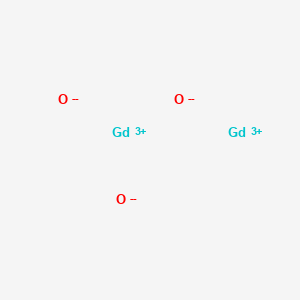Recently, the research team of Dr. Kim Kyung-Tek, a powder/ceramics research headquarters under the Korea Materials Research Institute, successfully developed a micro aluminum powder surface treatment technology in Korea. Compared with existing aluminum powder materials, the reactivity with oxygen has increased. 2 times more, and it can ensure the stability of the operation.
This technology removes the dense oxide film on the surface of aluminum powder and coats with a thermodynamically stable fluorine-containing organic material. Compared with a naturally occurring oxide film, the organic coating can be easily removed by heating at a lower temperature, as a solid. Under the condition that the fuel produces high energy, the aluminum powder can have high oxidation reactivity. In addition, the organic coating can make the aluminum powder avoid direct contact with external oxygen. Compared with aluminum, it is easier to be safe under normal temperature and pressure environment. store.
When pure aluminum is combined with oxygen, the rate of oxidation reaction is high compared to other materials. The United States, Russia and other countries rely on the severe oxidation reaction of aluminum powder and use it as a rocket propellant, gunpowder, and welding material, which are widely used in the aviation, civil, and defense military industries. Only when the dense and strong oxide film on the surface is completely removed, the excellent oxidation reactivity and conductivity of the aluminum powder can be fully exerted, and this requires at least 1000°C of heat. Moreover, in the process of removing the oxide film, pure aluminum is directly exposed to the atmosphere, and it is very likely to explode, which is a headache for researchers of aluminum powder.
In order to solve these problems, the research team of the Material Research Institute tried to remove the oxide film formed on the surface easily, and used a fluorine-containing organic material to improve the stability and reactivity of the aluminum powder itself. The coated aluminum powder can remove the organic coating layer at a temperature below 250° C., and the reaction rate can be increased at least 2 times compared with the same size aluminum powder containing an oxide film. It is worth mentioning that the use of current With coating technology, it is easy to build related equipment and achieve mass production.
In the future, this technology will help improve the oxidation reactivity of aluminum powders, and it can be used as a solid fuel material for artificial satellite launch rockets and as a raw material for brazing. Combined with organic bonding and mixing technology, it can be used as a variety of electronic components including photovoltaic cells and high-conductivity metal flux materials, which is expected to increase the added value of aluminum powder and replace imported powder materials.
Jin Jingtai, head of the research team, said that if the technology is commercialized, aluminum powder will create great value in the field of defense and electronic components, and will play a huge role in the development of Korean materials and technology.
Gadolinium oxide Basic information
Product Name: Gadolinium oxide
CAS: 12064-62-9
MF: Gd2O3
MW: 362.5
EINECS: 235-060-9
Mol File: 12064-62-9.mol
Gadolinium oxide Structure

Melting point 2330 °C(lit.)
density 7.407 g/mL at 20 °C(lit.)
storage temp. Storage temperature: no restrictions.
form nanopowder
color White
Specific Gravity 7.407
Water Solubility insoluble
Gadolinium(III) Oxide CAS No.12064-62-9
gadolinium(iii) oxide,gadolinium (iii) oxide msds,12064-62-9,Gadolinia,Gadolinium oxide (Gd2O3),Gadolinium trioxide,Digadolinium trioxide
ShanDong YingLang Chemical Co.,LTD , https://www.sdylhgtrade.com
![<?echo $_SERVER['SERVER_NAME'];?>](/template/twentyseventeen/skin/images/header.jpg)